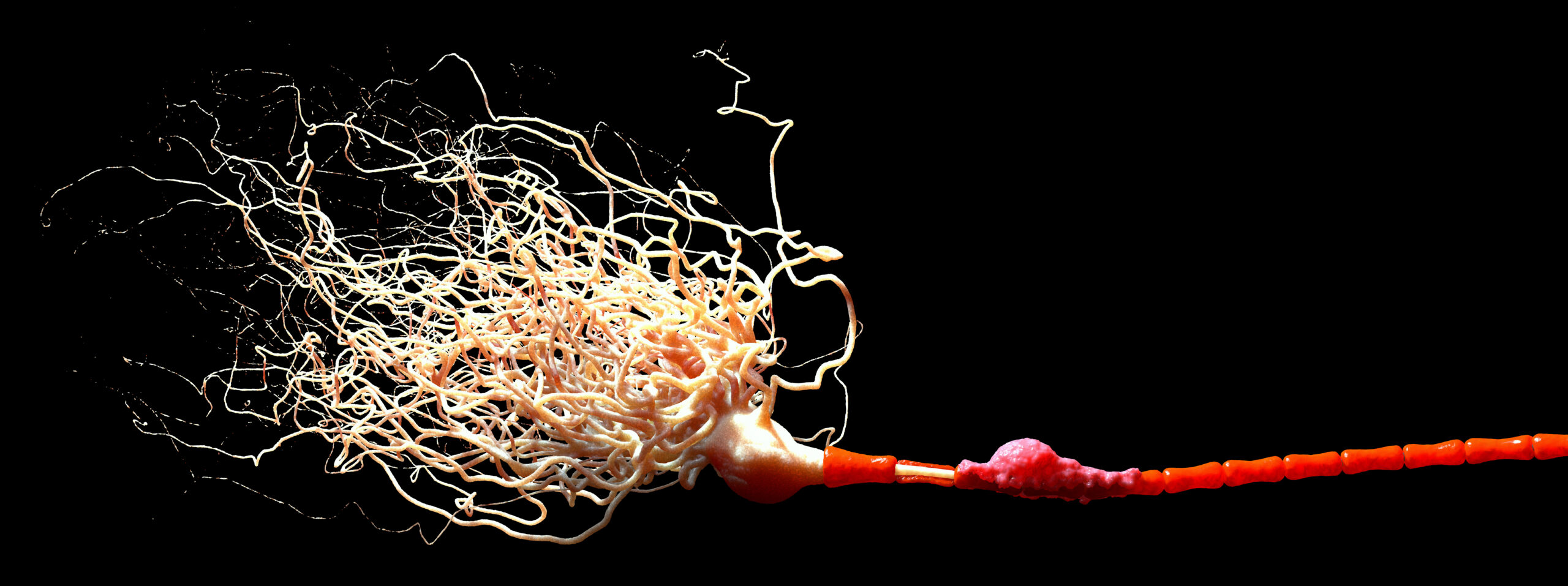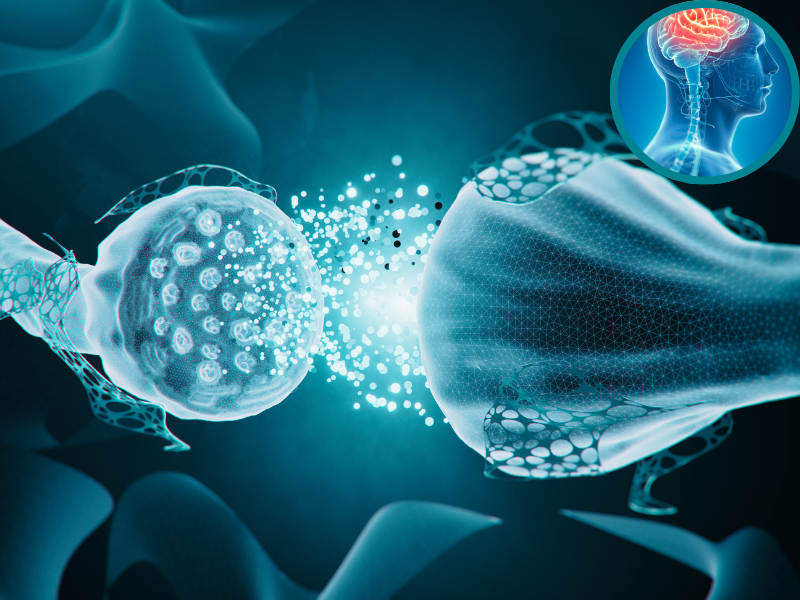How MSD’s Discovery Centre is Fighting Age-Related Neurodegeneration

Edited by Tom Cohen
Dr Janet Brownlees is a Senior Director at MSD’s Discovery Centre, a department established with the purpose of discovering new therapies for diseases that affect ageing populations. Specifically, the centre works to promote ageing as a scientific area of study, a field that has received growth in recent research funding and start-up companies.
Dr Brownlees says that the intention is to reverse the loss of cellular homeostasis that occurs during ageing. “We’re not trying to create immortality, but trying to promote healthy ageing,” Dr Brownlees added. Exemplifying this, “Alzheimer’s disease will be an epidemic within the next generation. The patient population for that disease is estimated to reach one million people in the UK by 2025.”
The Discovery Centre’s current focus is on neurodegenerative disease and in identifying the mechanisms that underlie those diseases. “Cellular stress, mitochondrial dysfunction, senescence and neurogenesis are all factors that contribute to neurodegeneration.” Dr Brownlees added that the difference between diseases like Huntington’s, ALS, Parkinson’s and Alzheimer’s is where in the brain the initial insult or damage occurs and ultimately spreads from.
Overcoming Challenges in Neuroscience Drug Discovery
Therapies for CNS diseases often fail in the clinic due to efficacy rather than safety. There are many reasons for this lack of efficacy, including the unique difficulty of delivery of drugs across the blood-brain barrier and the lack of understanding of drug targets. As most of the clinical endpoints are behavioural, biomarkers are difficult to quantify and inaccurate. Dr Brownlees went on to outline the ways in which her department are working to overcome those challenges.
Genetic Approaches
The first genetic mutations reported to be linked to Alzheimer’s disease were of the amyloid-precursor protein (APP) which facilitates the build-up of amyloid plaques. This led to the use of biologics that could clear these plaques. Dr Brownlees explained that in 2021 Aducanumab was the first biologic of this kind to be approved by the FDA.
Aducanumab is an antibody that targets amyloid plaque and has proven controversial because its approval was not based on patient efficacy, but on biomarker data that showed its ability to clear amyloid plaque. Dr Brownlees said that there have now been several other antibodies of this kind which are now vying for approval.
For Parkinson’s disease, there are rare high-risk variants in genes that are causal for disease such as SNCA and PINK1andmedium risk variants including LRRK2 and GBA. Therefore, the data points to multiple mechanisms being involved in the disease.
The Discovery Centre are particularly interested in mitophagy – the clearance of damaged mitochondria. There are reports of decreased levels of mitophagy in multiple neurodegenerative diseases, as well as inflammation, ageing and cancer. The hypothesis is that by restoring mitophagy and perhaps stimulating the production of new mitochondria, this in turn will reduce oxidative stress and metabolic effects caused by damaged mitochondria
Phenotypic Screening
MSD’s Genomics and Chemical Biology group helps with The Centre’s phenotypic screens; they support target identification, explore druggability and new modalities and enable mechanism of action studies. Their approach begins with the pathology in question and then ‘works backwards’ to build a picture of the human biology for target identification using phenotypic assays.
Cellular senescence is also of interest to the Discovery Centre. Senescent CNS cells may be effective targets in treating disease and ageing. “An increase in senescent cells,” said Dr Brownlees, “produce damaging phenotypes called SASPs.” Therefore, removing the senescent cells can reduce these damaging effects.
The team developed a model using replication induction of senescent primary rat astrocytes. They used several sequencing approaches to characterise the transcriptome and proteome such as bulk RNA-seq, single cell RNA-seq and proteomics. The researchers could then perform CRISPR knockout screens to ‘identify novel targets that, when eliminated, selectively kill senescent and not proliferating cells.’
Artificial Intelligence and Machine Learning
A way to find and identify novel targets that has been up-and-coming in recent years is by using artificial intelligence and machine learning methods. Dr Brownlees says that MSD plan to invest in machine learning to develop in silico methods already in use at the London Discovery Centre.
MSD’s target discovery engine starts by building protein–protein interaction networks and then defines connected subnetwork modules within them. Those protein–protein interaction subnetworks are then prioritised using a scoring system. From the prioritised module data generated, they are then able to perform arrayed CRISPR screening on the top selected genes. MSD have applied this engine to identify targets for mitochondrial biogenesis and ER stress.
- Up-and-Coming Investigations in Drug Discovery and Development: Neuroscience and AI
- AlphaFold and Drug Design: Has AI Solved Biology’s ‘Grand Challenge?’
Dr Brownlees summarised by explaining that “ageing is a major risk factor in many diseases, particularly in relation to neurodegeneration.” As such, MSD’s Discovery Centre have set out to better understand the mechanisms of ageing to identify new approaches to treat those diseases.
In addition to drug discovery targets, Dr Brownlees emphasised the importance of identifying biomarkers. The issue with neuroscience clinical trials is the lack of robust behavioural endpoints and biomarkers to measure those endpoints: “If we get better biomarkers, then we're more likely to home in on a particular disease population and monitor closely the effect of their therapeutics.”
Our Neuroscience Discovery Symposium will host over 300 key leaders and influencers from global pharmaceutical organisations and leading academic research institutions presenting on the latest developments and critical approaches in neuroscience discovery.







.png)